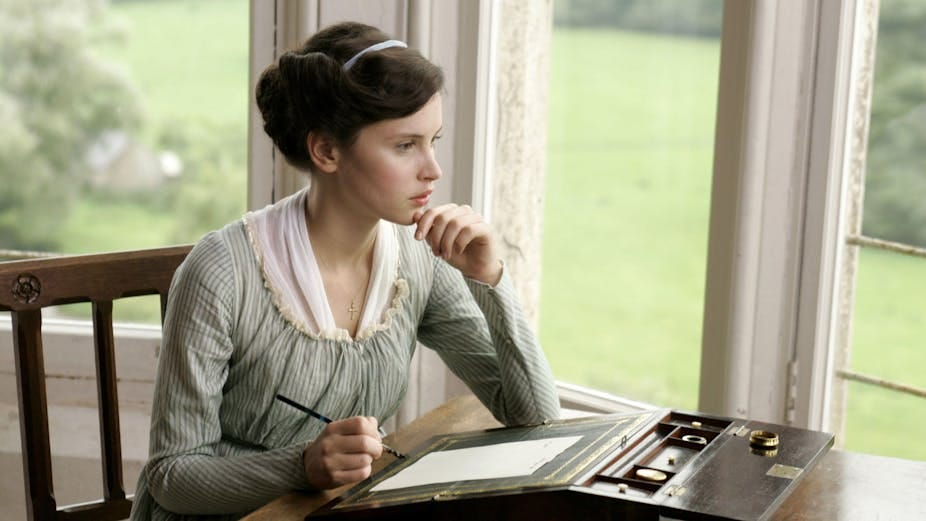Sonata thinking
Create a mini-sonata in music, word, gesture...or whatever you like, really
Let’s compose a mini-sonata, you and I. Why not? The weather’s on the turn, the evenings are darkening and it’s time to hunker down. You’ll thank me afterwards.
In a recent post, A Surprise Ending, I commented on how sonata form is predicated on, well, not having a surprise ending and how, in fact, it is a deliciously complete and replete way of thinking — one that finds its parallel in the novels of Austen and the Brontës.
That parallel got me reminiscing about a talk I did about a decade ago for the impressively named ‘Bristol Institute for Advanced Studies’ (IAS), a centre for interdisciplinary research here at Bristol University. To a group of mainly non-musicians (but wildly brainy artists and scientists), I unpacked the first movement of a Beethoven sonata at a piano, explaining the processes involved, then invited them to write a poem inspired by those processes. And then I set one of the poems to music afterwards through an improvisation at the keys.
I think it worked, although I did perspire a great deal, dear reader.
I explained at the time that this cross-genre translation had been done before, into various literary forms from novellas to prose poems. Gary now tells me that there are notable examples by Hesse, Rilke, Neruda, Valéry, Lorca and Pound.
(Gary is my name for ChatGPT, by the way. Seemed apt. All the Garys I’ve known have been IT-oriented and had an aura of vast, untapped knowledge. I digress.)
Even without Gary’s help back then, I felt that the so-called ‘sonata poems’ I’d read were only very loosely inspired by the musical form. Perhaps you could say they evidenced ‘sonata thinking’ more than a strict adherence to its form or structure. Some astute readers will prove otherwise, I’m sure: please do leave a comment.
I was after a more exact and exacting translation, where the musical processes were rendered more obviously. That was the gauntlet laid down to the esteemed members of the IAS back then, and to you now. Can you express a mini-sonata in word, music, gesture or some kind of visual medium?
Let me be specific on what the form entails. Musically-trained readers might like to skip this bit, go and turn the kettle on and feel slightly smug.
Broadly speaking, sonata form comprises:
An exposition section presenting (usually, though not always) two or more contrasting principle ideas. Often each idea carries its own cluster of related themes.
A development section that puts these ideas through their paces: fragmenting or extending them, subjecting them to different keys, playing with different features and appreciating kinks in their shape etc. This is the fun bit where the composer shows off.
A recapitulation where these ideas return, transformed by what’s gone on before. In classical examples, they are all presented in the home key to emphasise a sense of homecoming.
A coda, or afterword, to wrap things up neatly.
I’m missing quite a few details. Musicologists will lament the lack of introductions, transitions and closing material. I can only apologise, but the above is a decent outline at least, enough for a springboard into sonata thinking.
In the spirit of this Substack, I’ve given the challenge a crack myself with a ‘sonata poem’ written after climbing a small but spiritual mountain in Pembrokeshire. I’ve added subheadings to highlight the sonata thinking.
An Encounter with Brynach
A Sonata Poem
[Exposition: first idea]
Breathing deep the fern on Carnengli,
summit of the angels,
head tipped back to greet the sky,
ribs filled full with the savour of pink thrift,
I was higher than the plovers,
wiser than the wrynecks and
giddy on heather and damselfly.
[Second idea, related but contrasted]
Here on black slate St Brynach had lain
cloaked in hard tight rain
and supping on dew
pearled from gorse.
Here on mire and moor he’d wept
and cried in the curdling dark
to be back where voices sang,
together and strong.
[Development section, riffing off ideas, introducing conflict and changing syntax]
I didn’t think I would see him there
but the cloud thickened and tensed,
the gorse sharper,
the thrift cast grey
the plovers low as choughs,
eddying,
now fearful and giddy,
seeking the vale
in short held breaths.
And Brynach was there:
in the slate, pearl black,
in the pinkish rain,
his cry held in the
still hover
of a gull
before it fell
alone, strong, white.
[Recapitulation of ideas and coda, smooshed into one]
Here and then St Brynach had spoken
and in the sighing sun once more
we weren’t alone,
but breathed deep the dawn
on Carnengli,
summit of the angels.
Your turn! I’d love to see a sonata hip-hop track. Or a sonata dance or photo sequence. Anything that takes the form and delights in its path.
Happy creating!

